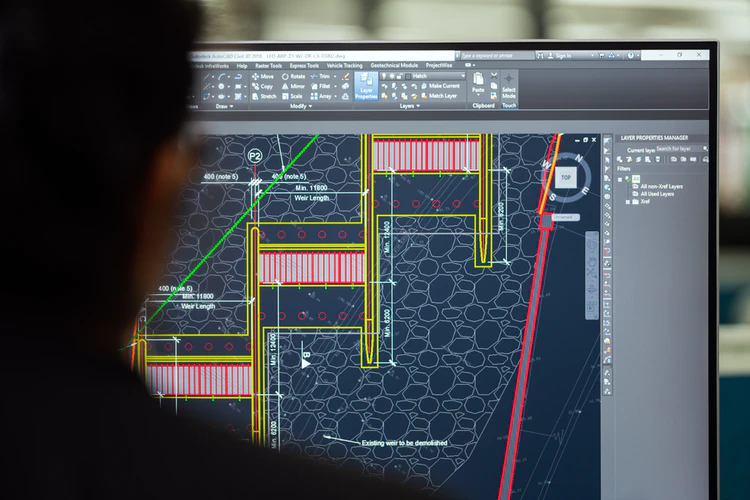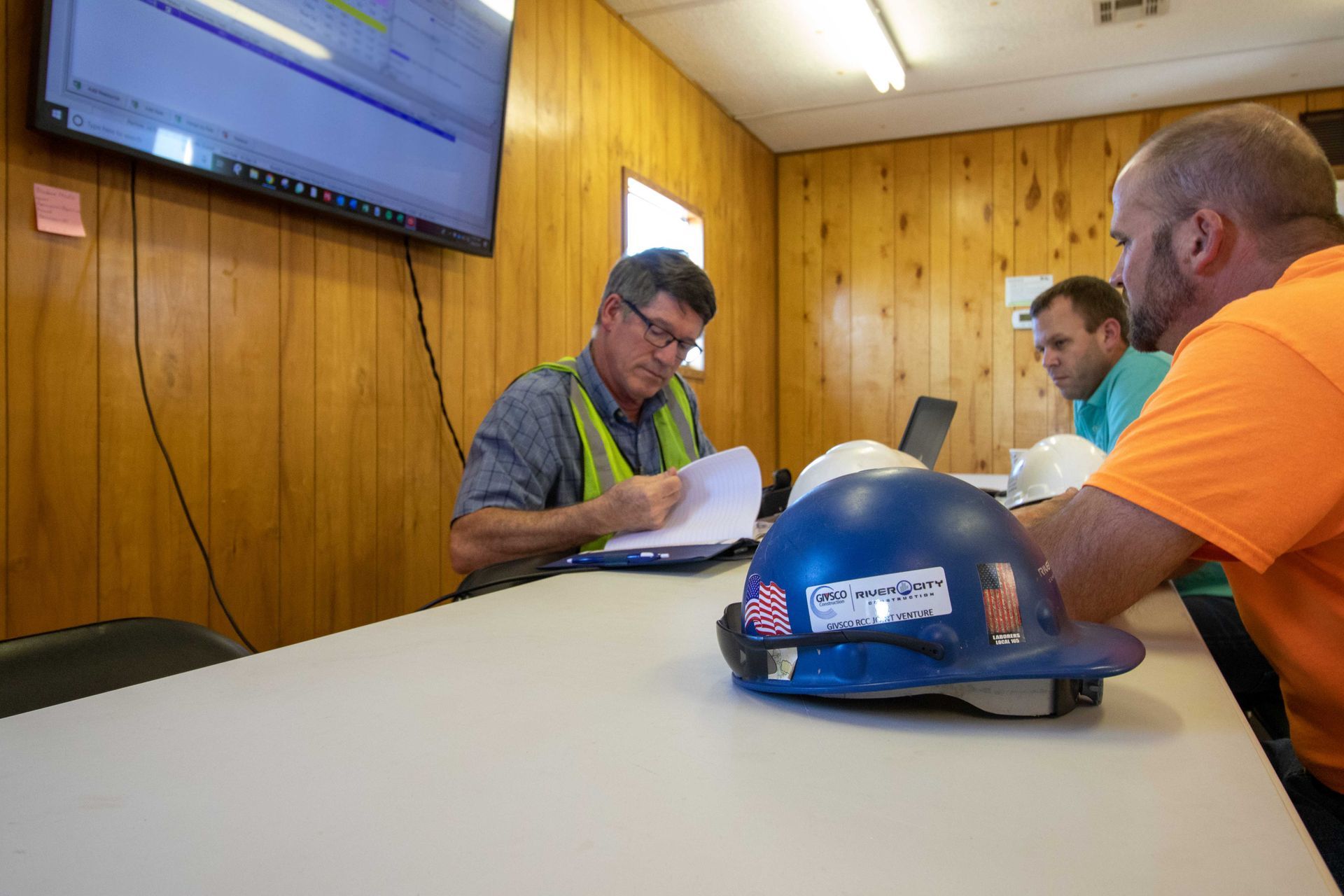Critical Path Method Scheduling for Construction Pros
The critical path method (CPM) was developed in the late 1950s by the DuPont company. Leaders were searching for strategies to reduce downtime due to necessary warehouse maintenance. During the first year that the CPM was implemented, DuPont saved what was, at the time, valued at $1M in operating costs. This approach was so effective, it was applied across industries and played a major role in the Manhattan Project and the construction of the Twin Towers in New York City.
When used in construction, the CPM breaks each project down into tasks, calculating the time to completion, organizing the tasks in a visual flow chart. It’s commonly applied to scheduling for construction projects, and many industry professionals swear by the CPM to be the gold standard.
The CPM codes each job needed to complete the entire project and the code includes task duration time and all of the tasks that must be completed before it. These jobs are then placed on a graph with coding keys placed inside and connected with arrows directing the job flow and creating a network.

Understanding CPM better starts with knowing these key terms:
- Start dates — this is straightforward; they are the earliest and latest dates that any job can be started based on the preceding job completion date and reducing the risk of schedule overruns
- Finish dates — like start dates, these are milestones that indicate how late or how early a job can finish while keeping the project running smoothly
- Slack — also known as float, this is the time available to delay the start or finish dates of a job without having to slow or stop work
There’s a long list of benefits of using CPM scheduling. Organizing jobs into a network and identifying a critical path helps to prioritize tasks and resource allocation. These networks also offer an at-a-glance analysis of work duration and allow project managers to adjust expectations or delivery dates. Tracking progress provides everyone on the team with an outdated project summary without having to hold endless meetings or send countless emails.
In a nutshell, it takes six basic steps to complete a CPM schedule.
- Identify activities: Create a list of jobs needed to complete and assign identifiers (coding keys) and include job duration or target date assigned.
- Determining sequence: Figure out how jobs are related and link them sequentially, connecting them into their network
- Optimize network: Apply jobs and connections to a calendar day planning unit (instead of working days) to reduce confusion and missed deadlines
- Estimate completion: Using historical data and anecdotal experience, project the duration of each job
- Identify the critical path: The path along the network with the longest duration is the critical path. If projects on this path are delayed, the whole project will come to a halt.
- Update CPM charts: As jobs are completed, follow along in real-time to identify areas of possible improvement or look for emerging new critical paths.
CPM is used on large, complex commercial projects but it’s not nearly as useful for smaller residential projects. Along with being a highly useful scheduling tool, CPM documentation creates a paper trail to act as evidence during any contract disputes — either legal or financial. Following the critical path on any given project allows managers to schedule and plan accordingly for labor projections.

Unbelievably, all of this was once done completely by hand. Fortunately, we now have highly technical and sophisticated software that can be introduced to your team by an expert consultant. When implemented and utilized effectively, these tools can even contextualize CPM data and alert team members to potential delays.
Today’s project management software, in the hands of experienced users, works on a CPM basis and can be updated in real-time. It is most successful when everyone involved in the project buys into the work plan, from the owner and contractor to the subcontractors and suppliers.
There’s no question that critical path method scheduling for construction projects can be time-consuming for project managers or company owners — which is where we step in. At TD Wilson, we use only the best CPM software tools: Primavera P6 and P3, SureTrak (ST), and MS Project. All are highly rated and capable of delivering comprehensive reports and sophisticated analysis.
Let’s talk about how CPM can streamline your business.







